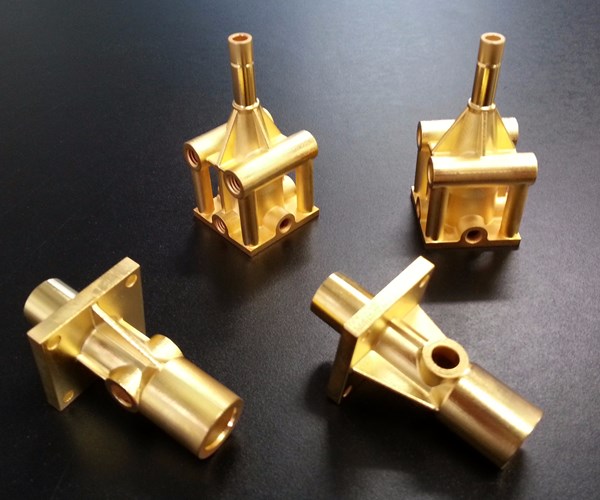Combining 3D Printing and Electroplating for Replicable Experimentation
Andreas Osterwalder calls his office a museum: what looks like a collection of small machines are 3D printed and partially electroplated parts that the scientist has been creating for his experiments.
Share

A great story about the latest on plating and 3D printing from formlabs.com, which tells the story of Andreas Osterwalder.
From formlabs.com:
Andreas Osterwalder calls his office a museum: what looks like a collection of small machines are 3D printed and partially electroplated parts that the scientist has been creating for his experiments at the Swiss Federal Institute of Technology in Lausanne (EPFL).
Experimental setups like Osterwalder’s beamsplitter function as highly complex machines, and turning a research idea into the actual experiment can easily take months or even years. A common bottleneck is the actual fabrication of specific customized components.
With the help of a electroplating company specialized in rapid prototyping parts, Osterwalder has found a method to expedite and lower the cost of advanced experimental setups using 3D printing and electroplating.
To read more, visit HERE
Related Content
-
Possibilities From Electroplating 3D Printed Plastic Parts
Adding layers of nickel or copper to 3D printed polymer can impart desired properties such as electrical conductivity, EMI shielding, abrasion resistance and improved strength — approaching and even exceeding 3D printed metal, according to RePliForm.
-
NASF/AESF Foundation Research Project #123: Electrochemical Manufacturing for Energy Applications - 9th Quarterly Report
This NASF-AESF Foundation research project report covers the ninth quarter of project work (January-March 2024) at the University of Texas at Dallas. In this period, we followed our work on 3D printing anode support for solid oxide fuel cells, SOFC (or cathode for solid oxide electrolyzers, SOEC). We focused on the mechanical properties of 3D printed yttria-stabilized zirconia (YSZ) using a four-point bending test. We then conducted a statistical analysis to characterize the flexural strength of porous 3D printed YSZ. The full paper on the ninth quarter work can be accessed and printed at short.pfonline.com/NASF24June2.
-
NASF/AESF Foundation Research Project #123: Electrochemical Manufacturing for Energy Applications – 3rd Quarterly Report - Part I
This is the third quarterly report, covering work during July-September 2022 and consists of a review, “Formidable Challenges in Additive Manufacturing of Solid Oxide Electrolyzers (SOECs) and Solid Oxide Fuel Cells (SOFCs) for Electrolytic Hydrogen Economy toward Global Decarbonization,” prepared and submitted to the peer-reviewed Ceramics Journal for publication. What follows here is Part I of the review paper, covering the literature on additive manufacturing of SOFCs and SOECs. Part II, covering opportunities and challenges for additive manufacturing technologies, will be published in January 2023.















